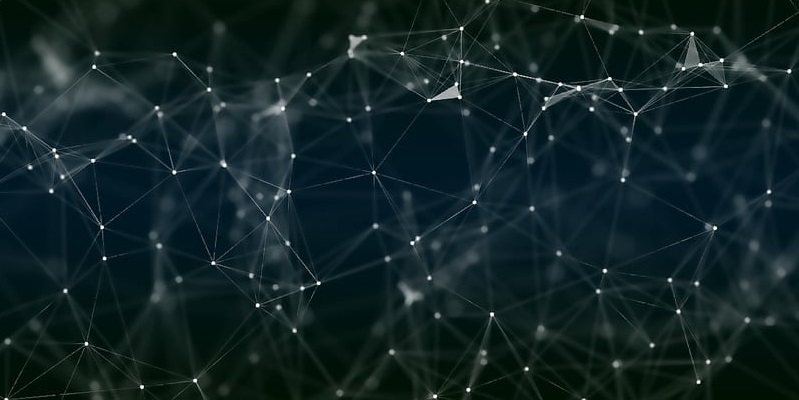In a remarkable collaboration, Indosat Ooredoo Hutchison and Huawei have significantly boosted Indonesia’s mobile communication infrastructure through a large-scale core network consolidation project in Jakarta. Impacting over 100 million users across 26 core locations, the project was completed in an impressively swift 14-month period. The endeavor is notable not only for its speed but also for its wide-reaching benefits, promising to enhance connectivity for users in both urban and rural regions. Residents in Kalimantan, for example, are projected to see a 15% increase in average downlink speed and an 11% reduction in round-trip time for Facebook usage, while users in Central Java can look forward to improved internet performance for gaming and live video streaming.
Strategic Importance and Industry Impact
Desmond Cheung, Director and Chief Technology Officer of Indosat Ooredoo Hutchison, emphasized the project’s strategic importance in setting a benchmark for the telecommunications industry. According to Cheung, this initiative not only demonstrates the company’s commitment to providing a world-class digital experience but also highlights the potential for future network improvements and innovations. George Gao, President of Huawei Cloud Core Network Product Line, shared a similar sentiment, underscoring the close cooperation between the two companies. This collaboration enabled the swift completion of this complex network consolidation, and Huawei’s support has been crucial in enhancing network connectivity, boosting service innovation, and fostering digital transformation across Indonesia.
The project faced several challenges, necessitating comprehensive analyses and reviews to identify the most effective solutions. The teams involved adopted a first-time-right approach, utilizing cutting-edge telco cloud-native technology, such as bare metal containers and a dual-engine container solution. This technology supports the expansive commercial deployment of 5G core networks and allows for the integration of virtual machines and containers within a unified infrastructure platform. As a result, this strategic approach not only facilitates quicker service rollouts but also reduces time-to-market, making it easier to introduce new services and capabilities to a broader audience.
Technological Innovations
The technological advancements employed in this core network consolidation project reflect the evolving demands of modern digital communication. With the collaboration of Huawei, Indosat Ooredoo Hutchison could deploy a future-ready core network that is capable of readily adapting to 5G-A intelligent and hyper-distributed architectures. This readiness prepares the network for a wider range of 5G features and services aimed at both consumer and business users. The adoption of these advanced technologies demonstrates the company’s foresight in preparing for future advancements, ensuring that they remain competitive in a rapidly changing industry.
Moreover, the project’s success underscores the mutual benefits of international collaboration in the telecom sector. By leveraging Huawei’s expertise and technological innovations, Indosat Ooredoo Hutchison has been able to not only improve its own service offerings but also set a precedent for other telecom operators aiming for similar transformations. This collaboration stands as a testament to what can be achieved when companies work together toward a common goal, highlighting the importance of partnerships in driving technological progress and enhancing user experience.
User Experience and Future Prospects
As digital technologies continue to advance, the demands for network intelligence and user experience have also increased. Indosat’s collaboration with Huawei has paved the way for the deployment of a highly adaptive core network, poised to meet these evolving demands. The new network is designed to seamlessly integrate with the latest developments in 5G technology, ensuring that users benefit from a state-of-the-art digital infrastructure. For both urban and rural users, this means improved connectivity, faster internet speeds, and a more reliable digital experience overall.
Looking ahead, the implications of this successful project are far-reaching. The enhanced network capabilities will not only improve current service offerings but also open the door to new possibilities in digital communication. From smarter cities to more efficient business operations, the potential applications are vast and varied. By staying ahead of the curve, Indosat Ooredoo Hutchison and Huawei have positioned themselves at the forefront of Indonesia’s digital transformation, setting the stage for continued innovation and growth in the telecom sector.
Conclusion
In a groundbreaking effort, Indosat Ooredoo Hutchison has partnered with Huawei to drastically improve Indonesia’s mobile communication infrastructure through an extensive core network consolidation project centered in Jakarta. This major initiative, affecting over 100 million users across 26 core locations, was impressively completed in just 14 months. The project isn’t just remarkable for its speed; it holds profound benefits for users in diverse areas, promising enhanced connectivity for both urban and rural communities. For instance, residents in Kalimantan are anticipated to experience a 15% increase in average downlink speed and an 11% reduction in round-trip time when using Facebook. Additionally, users in Central Java can expect significantly better internet performance, especially for gaming and live video streaming. This ambitious collaboration demonstrates a commitment to improving digital experiences across Indonesia, ensuring more reliable and faster internet access for millions of people, thereby setting a new standard in the region’s digital infrastructure development.

